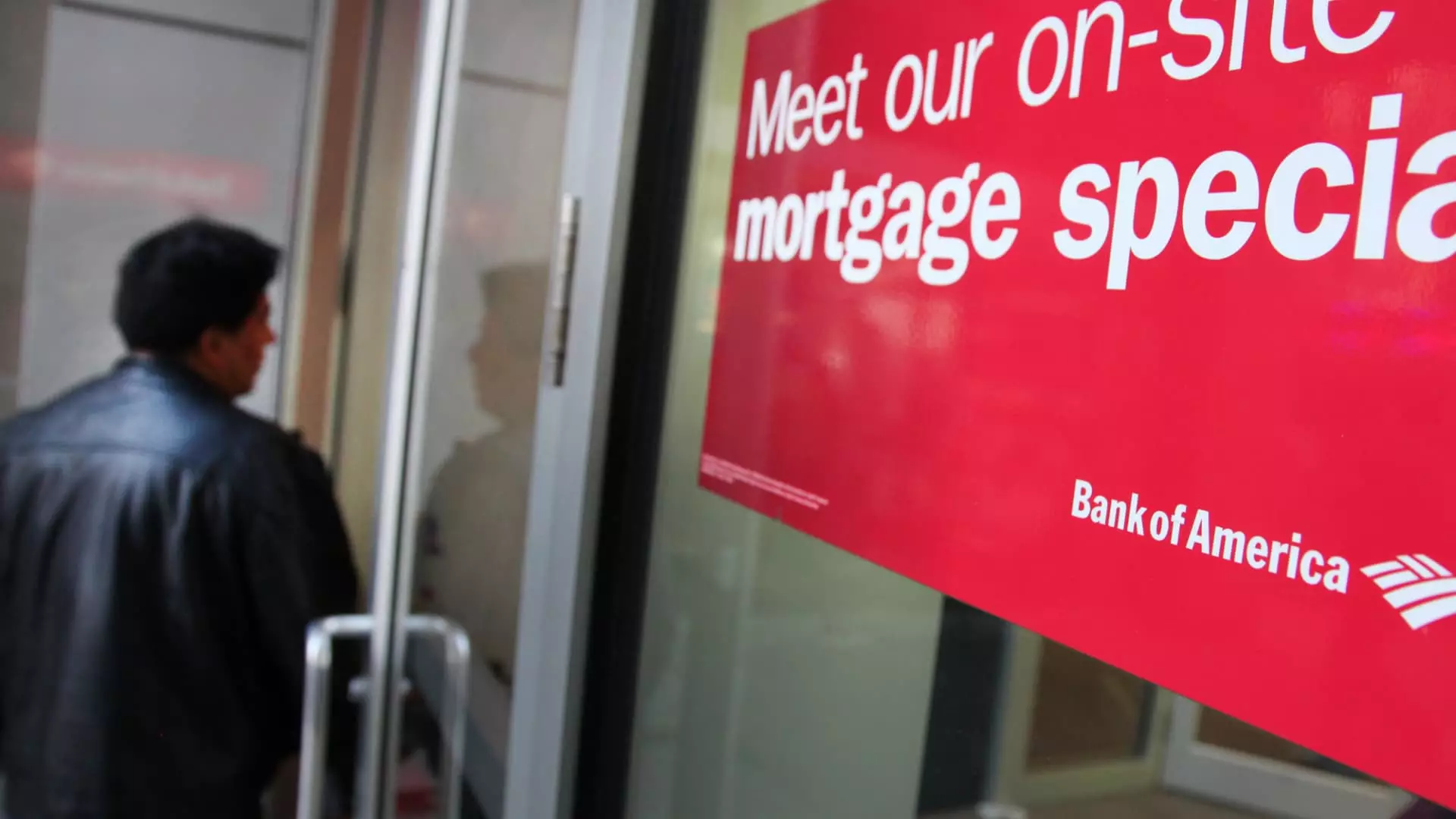As the mortgage rates continue to rise, potential homebuyers are facing an increasingly challenging situation. Not only are they dealing with higher interest rates, but now it has become even more difficult to qualify for a mortgage. According to the Mortgage Bankers Association (MBA), the credit availability index has dropped to its lowest level since 2013. This indicates a significant tightening of lending standards in the market.
Tightening Lending Standards
In July, all loan types experienced a decline in availability, with jumbo loans being hit the hardest. Banks are encountering liquidity issues, making it more challenging for them to sell jumbo loans to Fannie Mae and Freddie Mac. As a result, these loans are typically held on bank balance sheets. With decreasing availability and higher mortgage rates, the demand for home loans has plummeted. The MBA’s recent weekly survey reveals that mortgage applications for home purchases are now 26% lower compared to the previous year, while refinance demand has dropped by 32%.
Joel Kan, an economist at the MBA, states that “declining origination volumes have led to lower profitability for many lenders, resulting in narrower loan product offerings to reduce operational costs.” This decrease in credit availability is partially due to a decline in cash-out refinance programs. Borrowers are hesitant to refinance at higher rates, especially when they are aiming to extract cash from their homes. The average rate on a 30-year fixed mortgage now stands at around 7%, more than double what it was just two years ago during the refinancing boom.
The Impact of Higher Mortgage Rates
The rise in mortgage rates has had a profound effect on borrowers’ preferences and choices. Nowadays, most borrowers are reluctant to trade in a low-interest rate for one that is significantly higher just to access cash from their homes. Instead, they are turning to home equity lines of credit (HELOCs) as a secondary option. HELOCs allow homeowners to utilize the equity they have built up in their homes without having to refinance their existing mortgages.
As mortgage rates continue to fluctuate, it is expected that lending standards will remain strict. This will make it increasingly difficult for potential homebuyers to qualify for a mortgage. With a shrinking number of loan options available, borrowers may have to explore alternative financing methods or adjust their homeownership aspirations.
Furthermore, the housing market may experience a slowdown as the decline in loan availability and rising interest rates deter potential buyers. This, coupled with the uncertainty surrounding the overall economy, could result in a decrease in home sales and a potential shift towards a buyer’s market.
The combination of higher mortgage rates and tightening lending standards has created a challenging environment for prospective homebuyers. The decline in loan availability, particularly for jumbo loans, further exacerbates the situation. Borrowers are seeking alternative financing methods and turning to HELOCs rather than refinancing at higher rates. The future of the mortgage market remains uncertain, as potential homebuyers navigate through limited loan options and evaluate the impact of rising interest rates on their homeownership plans.


Leave a Reply